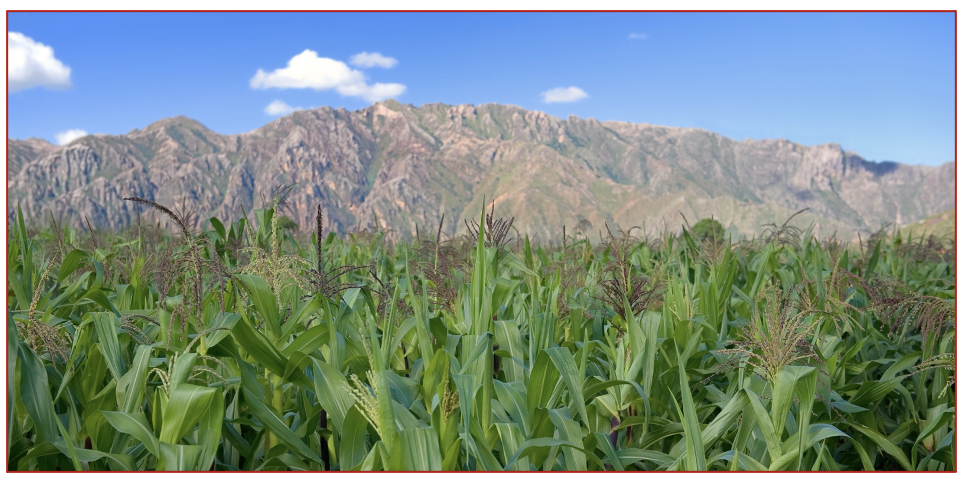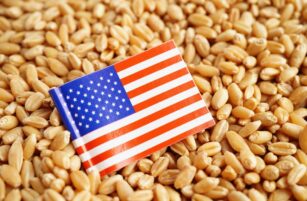
Forecast
Our 2020/21 average price forecast (Sep/Oct) remains unchanged in the range of 4.2 to 4.6 USD/bu for Chicago Corn. The average price since the beginning of the crop (Sep/Aug) is running at 4.23 USD/bu.
Market Commentary
Corn has recovered from all last week’s losses, showing 9% growth in Chicago as China buys large amounts of US corn. European corn made more modest (3.5%) and Brazil closed 1.3% down. Wheat was higher with 4.5% and 1.7% gains seen in Chicago and Europe respectively.
Chicago started the week positive when the USDA confirmed that China had booked 1.36m tonnes of US Corn. The buying continued on Wednesday (680k tonnes), Thursday (1.7m tonnes) and Friday (2.1m tonnes). All in all, China bought 5.8m tonnes of corn in the space of a week. This is 33% of the USDA’s 17.5m tonne forecast. There’s still a sizable volume booked to unknown destinations, so China could have bought more still…
Rainfall in Brazil and Argentina remains plentiful, and January’s cumulative rainfall aligned with the long-term average. However, the drought seen during soybean planting, coupled with today’s ample rainfall, is causing delays to harvest. As it stands, the harvesting is 0.7% complete, versus 4.2% one year ago. If this delay continues, corn planting for the second (and larger) safrinha crop will be compromised, putting Conab’s 102.3m tonne forecast at risk. This will put pressure on local prices, which should remain strong, at least through the start of the crop.

The Buenos Aires Grain Exchange (BAGE) lowered its soybean production forecast by 500k tonnes due to dry weather. It now sits at 46m tonnes. The corn crop is 97.9% planted, meaning BAGE maintains its 47m tonnes production forecast. The Argentinian truck drivers’ strike finally drew to a close last week, but there’s one starting in Brazil today. These often cause mass congestion and logistical disruption as truck drivers block main roads in protest.

Ukraine has confirmed that it will now cap corn exports at 24m tonnes, rather than previously stated 22m tonnes. This cap will be in place until the 30th June.
High prices are encouraging farmers to plant more corn and soybean. Just last week, the USDA said that it was expecting US farmers to plant a record number of both grains in the coming spring.
Final Thoughts
Our fundamental picture remains supportive, despite the fact the market’s trading at an eight-year high whilst China’s strong demand persists. The size of its pig herd has increased demand for protein on a steady basis, and its strong corn sales of the last few years have tightened stocks. Hopefully prices remain high, so more farmers are incentivised to plant corn and soybeans. This will help fill the void caused by China’s new heightened demand.
The weather in South America remains a key one to watch, as soybeans are now being harvested and the larger corn crop in Brazil is yet to be planted.
We may see some correction after last week’s rally, but the high price environment should remain firm.

Other Opinions You Might Be Interested In…














